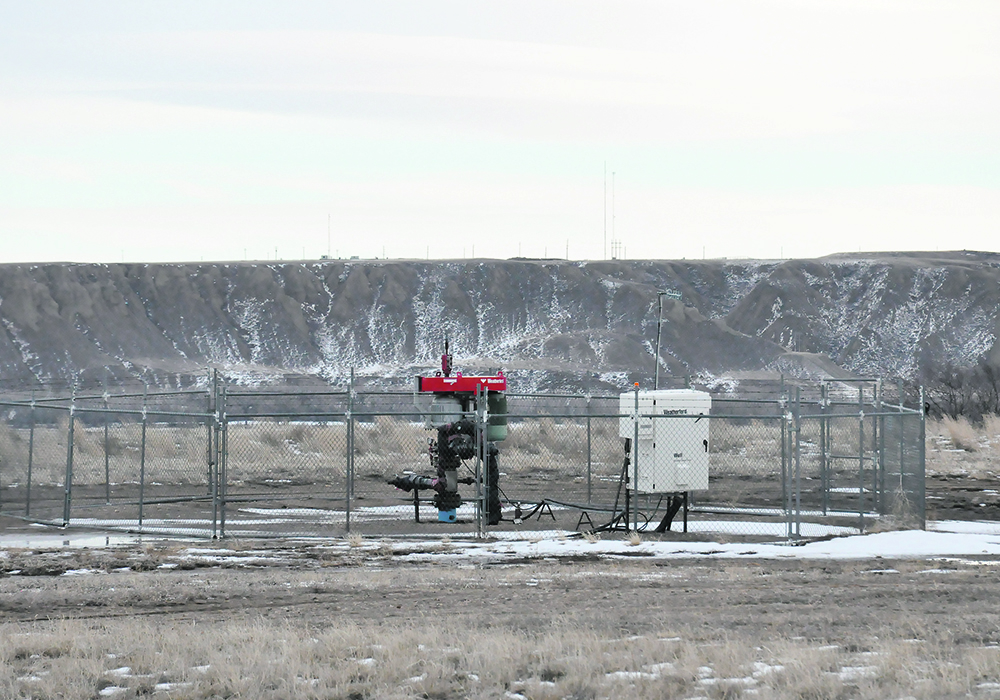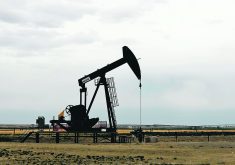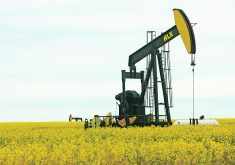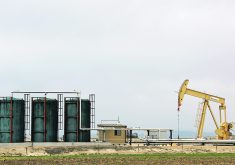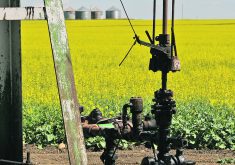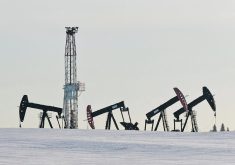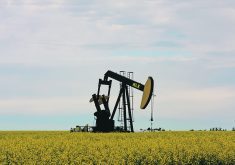Provincial government’s proposal to pay energy companies to reclaim inactive sites ‘has landed like a lead balloon’
Alberta is launching an industry-funded oil and gas well-cleanup program worth more than $4 billion over the next five years.
However, a proposed pilot project that would see Alberta forego royalty revenue in exchange for oil and gas companies to clean up environmental liabilities has raised hackles in the province.
The Closure Nomination Program (CNP) will set mandatory targets for oil and gas companies to clean up inactive wells starting April 1 and will require the industry to spend $700 million this year with annual increases that would rise to nearly $1 billion by 2027.
The program will allow landowners, municipalities and Indigenous groups to nominate inactive wells to be closed at the owner’s expense.
But it’s the proposed $100 million pilot project, the Liability Management Incentive Program (LMIP), which has garnered most of the attention in Alberta with critics describing it as little more than a bailout for companies earning record profits.
Details on the CNP nomination process will be rolled out soon and, according to the Alberta Energy Regulator (AER), will not overlap with the government’s latest pilot project.
“Closure nomination, as well as our other liability management programs and initiatives, are not related to the Government of Alberta’s Liability Management Incentive Program,” according to an AER spokesperson.
Alberta energy ministry spokesperson Gabrielle Symbalisty indicated the latest pilot and the CNP programs aren’t currently expected to overlap.
“The final design of this (LMIP) program is still under development but the current proposed design is not anticipated to have an impact on CNP at this time,” Symbalisty said in a written statement.
Alberta has more than 75,000 inactive wells that have not been cleaned up. Some have been abandoned for years or decades.
Orphaned wells have also been a sticking point for landowners and municipalities because with no corporate parent due to a company’s insolvency, recovering surface lease payments and taxes from the industry-funded Orphan Well Association can be burdensome.
The oil and gas bust of recent years also saw a jump in solvent companies that, in the best cases, renegotiated payment plans with landowners and rural municipalities but in the worst, unilaterally slashed tax and lease payments.
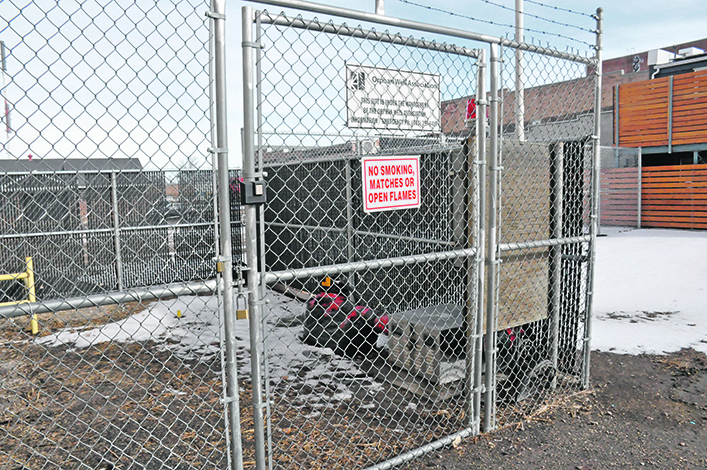
“It’s a bit of a constant battle,” said Ronald Huvenaars, Action Surface Rights board chair and canola seed farmer in southern Alberta.
A provincial survey conducted last year on how much oil and gas companies owe to municipalities in outstanding tax payments was completed and presented to government last fall but has yet to be released publicly.
But while critics have been vocal against the proposed LMIP, Huvenaars said only companies with up-to-date lease and tax payments would be eligible.
“And it will only be for wells pre-1980, the ones which have been sitting around for a lot of years,” said Huvenaars.
In a statement by Premier Danielle Smith in response to criticism of the pilot, she said there are about 20,000 such wells in the province that would meet those criteria.
Huvenaars added the proposed pilot would also require companies to spend above their AER mandatory spending requirements for remediation work.
“It has to be on top of that, otherwise, it’s not any wells getting cleaned up,” he said.
The regulatory system governing oil and well development has been set up so it can be less expensive to continue to clean up old wells — especially those under pre-1980 environmental regulations — then to pay the leases, said Huvenaars.
“But then the landowner is sitting there and it could end up being the landowner’s liability and that’s not right,” he said. “Is it the taxpayer’s liability? No, it isn’t either but if they plan it towards future credits on royalties, that’s not taxable income coming in. That’s more like potential payments on the minerals coming in the future.”
If that promotes economic activity, there is a positive aspect to the pilot program, he said.
Huvenaars said it’s not a perfect solution, but if the land isn’t being used for oil and gas production, then it needs to go back into food production.
Energy sector analyst Bill Whitelaw, managing director at geoLOGIC Systems, was far less charitable in describing the LMIP pilot project based on conversations with senior officials in both the energy ministry and provincial regulator.
“They don’t want to touch this with a 10-foot pole,” said Whitelaw of the reaction to the LMIP.
Part of that is because nobody knows what the final price tag will be when it comes to cleaning up a decade’s old wellsite.
The other issue is Premier Smith lobbied for industry prior to being elected for the government to adopt what was then the RStar program, which the LMIP is based on.
Whitelaw highlighted comments by then energy minister Soyna Savage, and now environment minister, who dismissed the initiative as violating the polluter-pay principle.
Alberta’s ag sector is dealing with old oil and gas infrastructure whose owners aren’t always responsive, are dealing with soil contamination around the sites and aren’t getting paid for their leases.
“I understand (Premier Smith’s) overarching goal, but the idea is who pays for that? And the idea that Albertans will pay for that out of their future share of what oil and gas companies will produce has landed like a lead balloon,” said Whitelaw.
Government aid to the oil and gas sector, either through direct payments or through royalty credits, is not new to Alberta. The Site Rehabilitation Program, which ended in February, saw the federal government sponsor well cleanups to the tune of $1 billion in the province and was part of a COVID relief stimulus package.
The difference between that and the proposed LMIP is companies were dealing with oil prices that had dipped into negative pricing at one point in the pandemic compared to their current status of recording record profits.
“Nobody gets upset when it’s keeping bread on the table. But, right now, these companies that would benefit the most from the (LMIP) program, their balance sheets are as strong as they’ve ever been,” said Whitelaw.
He said the pilot LMIP project sends the wrong signal when it comes to the idea that owners of oil and gas infrastructure clean up their own mess.
“I can tell you the people inside the government and inside the regulator are just hoping this thing just folds up and blows away in the bin,” said Whitelaw. “You don’t see this craziness in Saskatchewan or British Columbia.”


